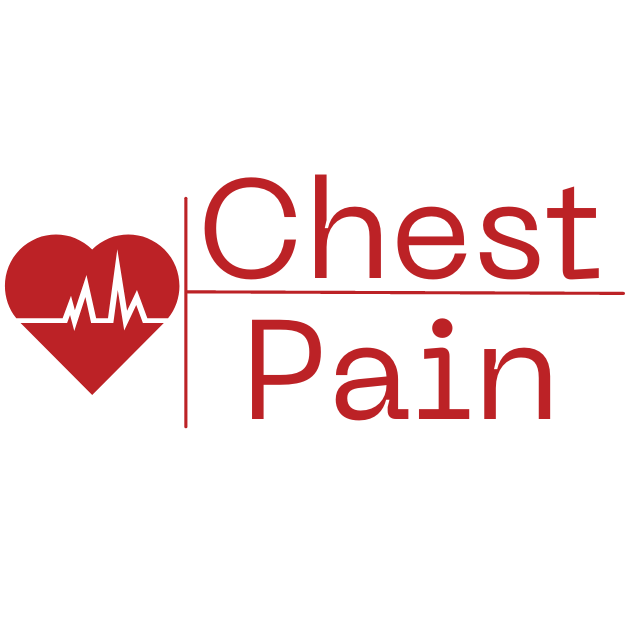Hoarseness or dysphonia is the medical term used for an unusual voice. In this article, we shall discuss the meaning of hoarseness, the underlying causes of this vocal problem, its symptoms, diagnosis, treatment, and whether this condition may be prevented.
Voice changes are a natural occurrence, but they can sometimes be abnormal. For example, it is relatively normal for boys’ voices to change as they get older. That voice shift, however, is not the raspy and week one. The voice of a person suffering from hoarseness disorder will shift as it is broken; a person may desire to communicate, but words escape them, or they cannot fully express themselves. Changes in vocal pitch are also prevalent in hoarseness that can lead to a patient’s complete loss of speech. However, some speech problems are caused by a lack of brain functioning, while vocal cord issues also cause some other problems. The types and causes of dysphonia are explained here;
Types of Dysphonia
There are three types of this disorder:
1. Abductor Spasmodic Dysphonia: This sort of dysphonia is related to the vocal folds (another name is vocal cords); when a person’s vocal cords become wide open due to an injury, it causes abnormalities in their voice. Abductor spasmodic dysphonia is the most uncommon type of dysphonia. A shaky voice occurs when air escapes from the lungs and exits via the mouth due to open vocal folds. It also makes the patient feel out of breath while speaking.
2. Adductor Spasmodic Dysphonia: You’ve probably encountered a person who wants to express something but can’t due to choppy and fractured words. This condition is named spasmodic adductor dysphonia. The vocal cords of a dysphonia patient grow so rigid that make it challenging to travel voice out of them. The stiffness of the vocal folds is caused by a lack of muscle contraction, wildly when laughing or whispering. This is relatively a prevalent type of dysphonia that you may have noticed people with spasmodic adductor dysphonia usually speak at times.
Causes of Dysphonia:
Following are the most common causes of dysphonia:
Inflammation
Inflammation of the vocal folds is widespread in singers or persons who talk excessively and loudly. Any infection and allergies can also cause inflammation of the vocal folds. Occasionally, a stomach ailment in which the irregular contraction and relaxation of stomach muscles cause stomach acid to rise to the vocal cords.
Structural abnormalities in vocal cord
A person’s vocal cord can be harmed and split open due to speaking too loudly or yelling. The vocal cord develops small structures such as calluses or polyps, and these microscopic growths cause dysphonia. The dysphonia generated by these structures varies depending on the severity of the lesion. Second, a mucous-filled cyst forms on the surface of the vocal cords that causes irregularities in a person’s voice. Moreover, wart-like formations grow across the vocal line due to the virus, resulting in dysphonia.
Paralysis
Some people are born with weak vocal cords, but vocal cord paralysis can also be caused by injury or stroke to the vocal cord’s nerves. Vocal cord paralysis is usually treatable but requires more attention.
Symptoms of Dysphonia
Following are signs and symptoms of a voice disorder named dysphonia:
- Hoarse voice
- Feels breathy while speaking
- Abnormal changes in pitch of voice
- Pain while speaking
- Feels tension in the throat while speaking
Diagnosis
Dysphonia isn’t just a raspy voice. You should see a doctor for a proper diagnosis who will thoroughly check your neck and vocal cords. Based on your medical history and diagnosis report, the doctor will identify the type and severity of dysphonia that you may have. Fiberoptic nasolaryngoscopy is a frequent procedure clinicians use to diagnose vocal cord injuries. This method examines the vocal cord using a tiny tube attached to a camera. A speech pathologist examines the symptoms of your voice as well.
Risk Factors
The following factors can increase the risk of catching dysphonia:
- Neurological disorder
- Stress or trauma
- Yelling too loudly
- Dehydration of throat
- Thyroid cancer
- Allergies
- Drinking too much alcohol etc.
Treatment
Although spasmodic dysphonia is not curable, intense care and treatment can assist manage pain and improving voice quality. Botulinum Toxin is a commonly prescribed treatment for this condition. However, it is only a short-term medication that relieves dysphonia symptoms for a few months. Therefore, dysphonia patients are advised to receive this injection every few months. Botulinum toxin isn’t very efficient for abductor spasmodic dysphonia. In this condition, voice therapy can be more helpful in understanding your voice condition and implementing appropriate lifestyle adjustments for pain relief and a clearer voice. Doctors also advise patients to use assistive technology to improve their voice clarity. Finally, surgery may be required in severe circumstances when other treatment options couldn’t provide significant improvements. Surgery to heal a voice box injury is sometimes the last resort, but dysphonia is rarely healed completely.
References:
- https://www.nidcd.nih.gov/health/spasmodic-dysphonia retrieved on April 13, 2022.
- https://my.clevelandclinic.org/health/diseases/21838-spasmodic-dysphonia retrieved on April 13, 2022.
- https://www.nationwidechildrens.org/conditions/hoarse-voice-dysphonia retrieved on April 13, 2022.
- https://www.google.com.pk/amp/s/www.hopkinsmedicine.org/health/conditions-and-diseases/spasmodic-dysphonia%3famp=true retrieved on April 13, 2022.
- https://www.google.com.pk/amp/s/www.hopkinsmedicine.org/health/conditions-and-diseases/voice-and-swallowing-impact-from-neurologic-disorders%3famp=true retrieved on April 13, 2022.
